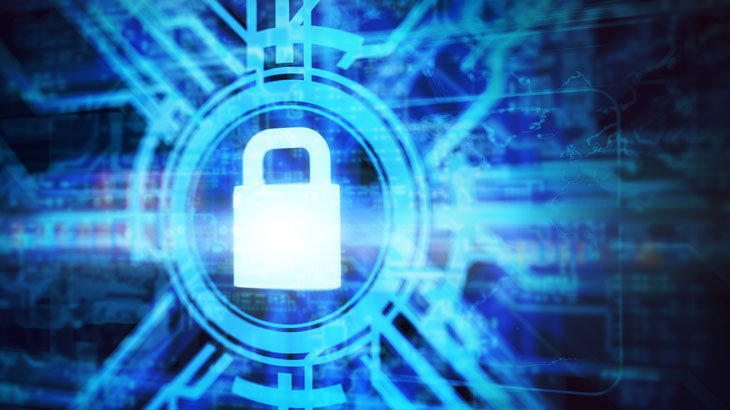October is Cyber Security Awareness Month, so to boost cyber security awareness, here are the top ten tips every user should know:
Top Ten Cyber Security Tips
- Back up files – Backing up data is not a golden ticket when it comes to a malware attack, but it can certainly help. Data backups should be stored on an external device, and unplugged from the primary device after the backup process is complete. If backups are stored on the user’s device, they could also become infected if the device is hit with a virus, worm, or ransomware.
- Timely back up process – Users should evaluate the frequency of device use and determine a backup schedule that makes the most sense for them. If they only use the device at home, and are rarely creating new documents, spreadsheets, or uploading new pictures, they may only need to backup weekly. For enterprise users, backups could be necessary every hour.
- Keeping your operating system up to date – Updates are released to not only enhance the system, but also to patch security vulnerabilities. If users do not update timely, they could be leaving their device vulnerable to hackers. When updates are released, they typically include the vulnerabilities being patched. This means cyber criminals are handed the vulnerabilities to exploit. Again, if users do not update the system timely, they could be leaving the back door open for an attack.
- Timely updates of programs – The same concept applies for programs as it does for operating systems. Timely updates are critical. This includes all program updates on the device, including the security solution.
- Delete unused applications and programs – Often times users do not concern themselves with updating programs they are not using. This leaves the device exposed to the threat of malware attacks. Keeping unused programs on the device also takes up space on the hard drive, which is unnecessary if the program is not being utilized.
- Avoid default installation procedures – Often times the default, or express installation, of applications may include bloatware. This includes various programs that are not needed for the exact application being installed. By downloading bloatware, the device will not only slow down, but it could create issues with conflicting programs on the device or leave risks of malicious infections.
- Be mindful of your emails – Phishing attacks are on the rise. These are emails with malicious attachments or links, claiming you need to click on them to view an invoice, shipping details, etc. Often times, they look like they are from a legitimate sender. Therefore, a proper review of the email is important. Review the “Sent from” and “Reply to” address to confirm it is legitimate. If the user is not expecting the email, contact the sender directly. Do not reply to the email.
- Disable macros – Often times, if a user clicks on a malicious attachment, macros often need to be enabled for the infection to infiltrate the system. Disabling macros can mitigate the risk of a malicious infection.
- Implement multi-level authentication – Using more than one method of authentication can divert security breaches. Many websites are already doing this to increase users’ security. However, users have the ability to “opt out”. This is not encouraged. Although it may take a bit more time to access the account, it is a significant boost in account security.
- Use application whitelisting – By implementing application whitelisting, or a default deny approach, only known trusted programs are allowed to execute on the device. This significantly reduces the threat of a malware infection.




